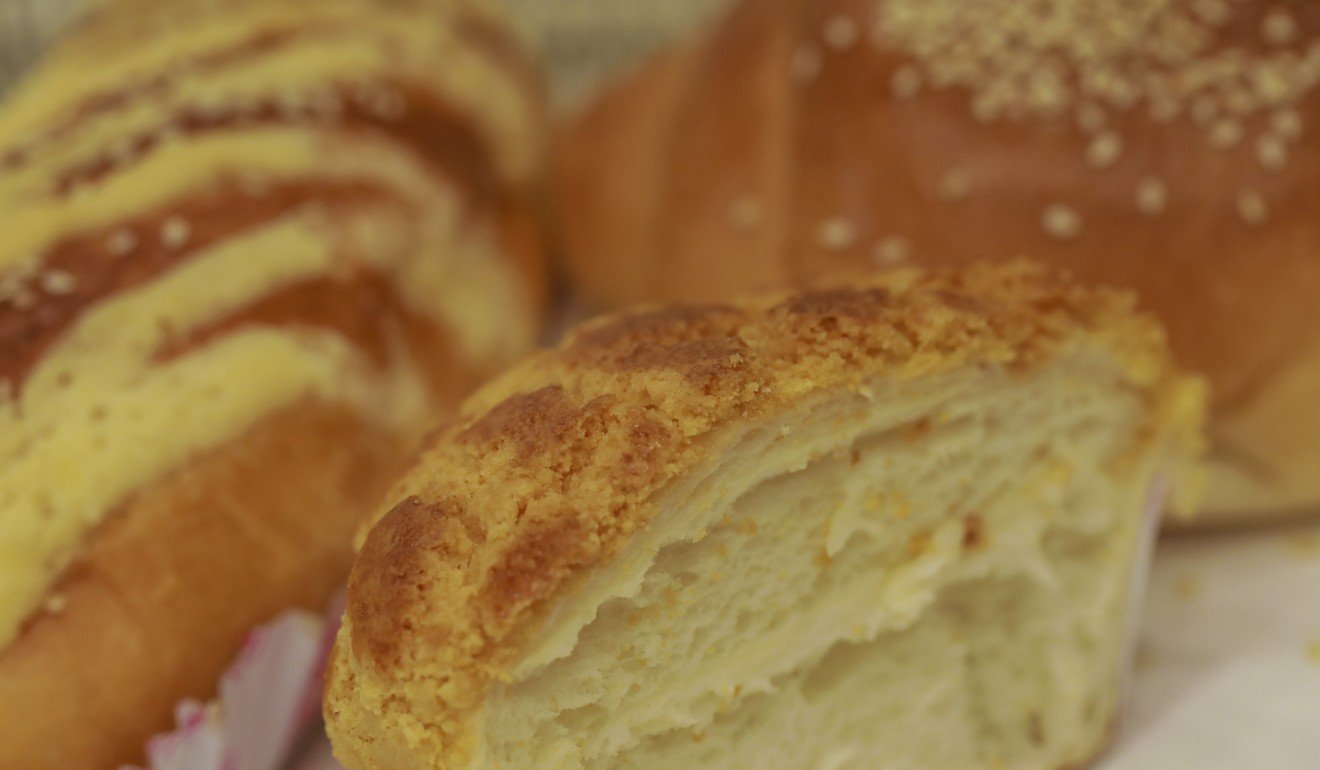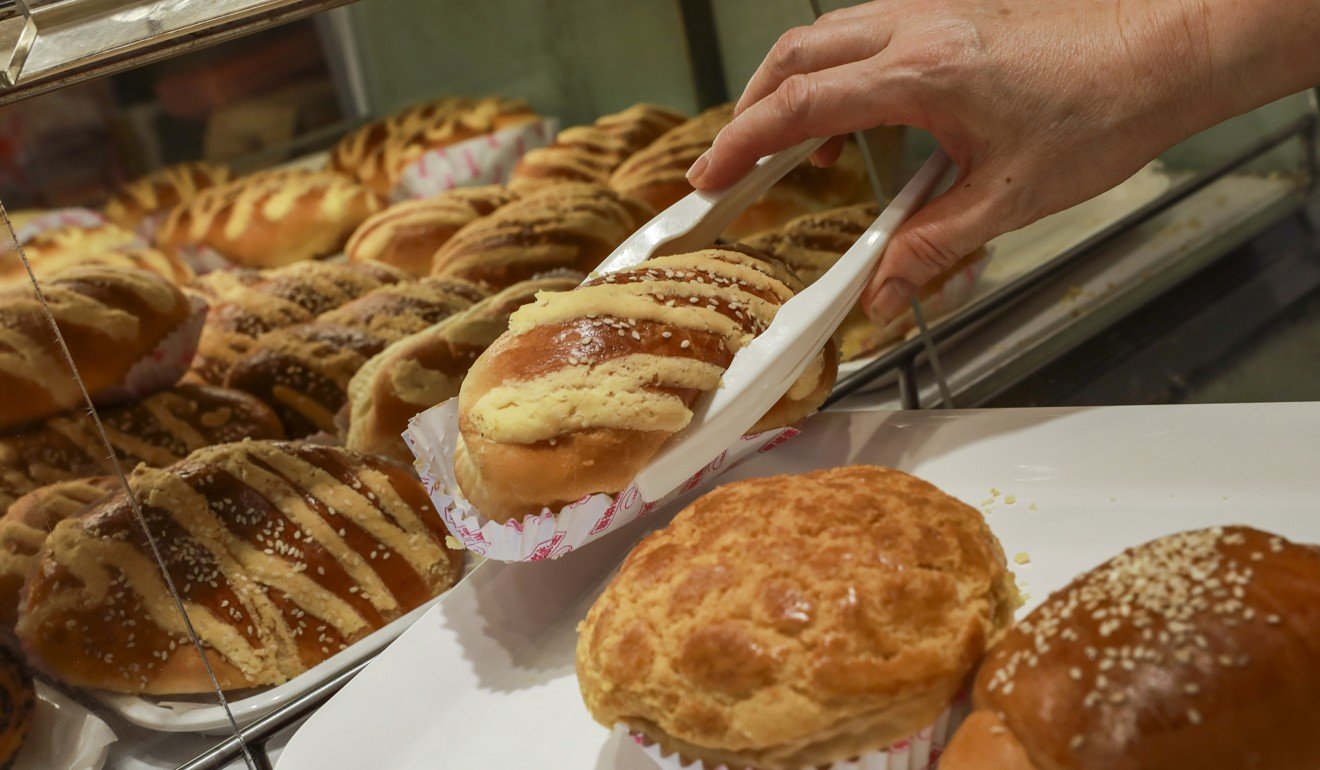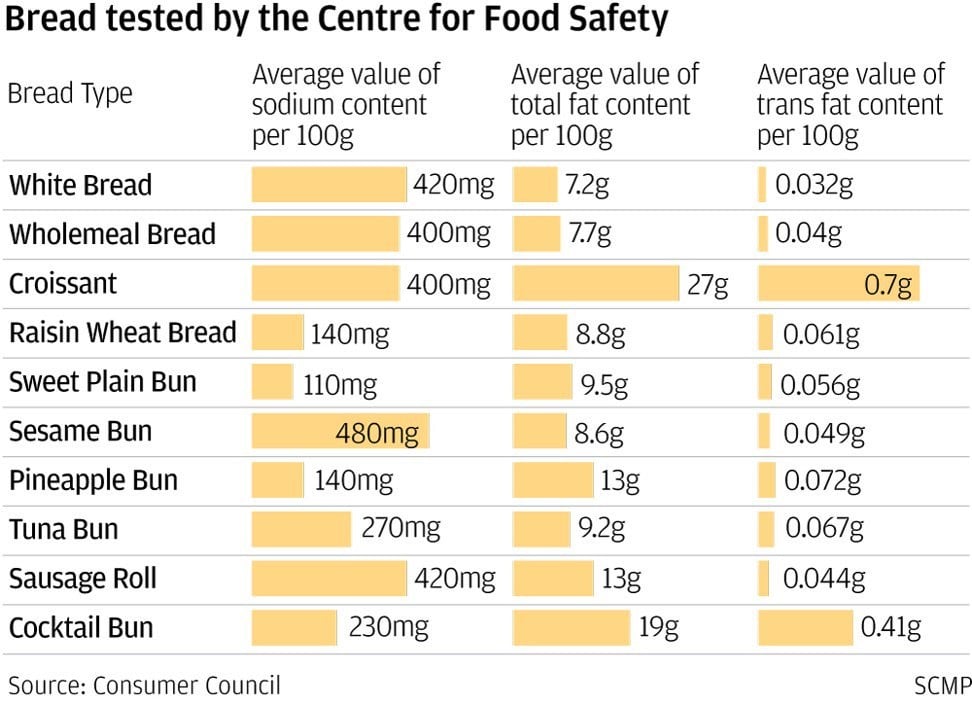
What’s in a pineapple bun? Three famous bakery snacks in Hong Kong and their health facts
- Some of the most beloved snacks in the city have amusingly incongruous names, but this has not stopped them from winning the hearts of millions across the world
You’ll never go hungry wandering through Hong Kong’s streets: carts serving steaming snacks and stalls with freshly made egg waffles line walkways in a dizzying array of choices. But perhaps what stands out most is the myriad of bakeries, serving anything from artisanal European baked goodies to traditional Hong Kong-style buns.
The city’s breads and pastries, such as flaky wife cakes, egg tarts and various forms of soft steamed buns, have won hearts worldwide, and they are available not only in the city but also on Chinatown corners around the globe.
City Weekend steps into Hong Kong’s bakeries to explore famous snacks with amusingly incongruous names and what they have come to symbolise, including the health facts behind them.

Piggy Bun
Perhaps most confusing are Hong Kong’s piggy buns – a bread that, contrary to its name, contains no pork.
Zyu zai baau, the bun’s Cantonese name, directly translates to “little pig bun”. It is, however, essentially the equivalent of a short French baguette, and is commonly found in bakeries and cha chaan tengs across Hong Kong and Macau.
While piggy buns are similar in taste and texture to baguettes, they are not identical. Unlike their French counterpart, these buns can be hard or soft, and sweet or savoury. A common feature, however, is that they are always small and quite round.
In Hong Kong, the bread is served toasted and cut in two, with butter and condensed milk as topping. It often accompanies a more filling hot dish for a tasty combo of sweet and savoury.
Where pork is concerned, piggy buns are also used as bread for Macanese pork chop buns, a local speciality of fried pork chop between lightly toasted, buttered bread.
Cocktail Bun
The sweet bun, filled with Hong Kong-style shredded coconut and topped with a sprinkle of sesame seeds, is an iconic local bakery snack.
The bread itself is soft, and lightly sweet – fairly typical of Hong Kong-style breads. The centre filling is dense, buttery and also sweet.
The cocktail bun is said to have been created in the 1950s, as an answer to the disposal of unsold buns at the end of the day. Bakery owners solved this wastefulness by remaking the day-old buns into new creations to be freshly sold the next day.

As a result, the old buns were mashed together with coconut and sugar to create the buttery-sweet filling. Fresh bread was then baked around this mixture to present the iconic cocktail bun.
The seemingly random name of the bun stems from this origin tale: the bakery’s blending of ingredients was likened to a bartender’s mixing of drinks for a cocktail. Therefore, the Cantonese term gai mei baau for the snack is a literal translation from its English name: “cock” – or chicken – tail bun.
Hong Kong’s best-kept secrets: traditional sweet treats from ABC Cake House
Pineapple Buns
Called boh loh baao in Cantonese, these sweet buns are ubiquitous with the local food scene and among the Hong Kong diaspora.
Despite their name, the bun contains no pineapple. Rather, its crunchy, golden-brown top is thought to resemble the texture and look of a pineapple.
Firm on the outside with a sweet, crumbly crust, and soft on the inside, it is a messy but delightful eat. In fact, in June 2014, the Hong Kong government listed the palm-sized bun as one of 480 items comprising the city’s “living cultural heritage”.

Many local cha chaan tengs and dai pai dongs (street cafes) offer guests a buttered variant: a pineapple bun with a slab of butter on the inside, known as boh loh yau. The pastry can also be filled with shredded coconut, custard cream, red bean paste, or even as bread for scrambled egg sandwiches.
Tai Tung Bakery in Yuen Long is famous for being one of the oldest family-run bakeries in Hong Kong, churning out about 1,000 pineapple buns daily since 1943. While the bread of the bun is now machine-made, the crust is still meticulously done by hand. From mixing the flour to having them emerge steaming fresh out of the oven, it takes the bakery 24 hours to come up with a batch of their signature offering.
Too much of a good thing?
While these famous pastries may be a favourite on-the-go bite, the Hong Kong government has recently reminded people of their lack of nutritional value.
At the end of 2018, the Consumer Council warned of health risks associated with some of the city’s most beloved snacks.
The study looked at “non-pre-packaged” bread and those sold without nutrition labels. All samples came from cha chaan tengs, local bakeries, grocery stores, and convenience stores between February and May that year.
According to the report, the aim of the investigation was to “inform the public on the sodium, total fat, and trans fat contents of these bread to enable informed choices; and to urge the food trade to take action to reduce the sodium, total fat, and trans fat of bread in the market”.
Which of Hong Kong’s favourite breads has the most fat and sodium?
Sausage rolls and sesame buns tested were found to be high in sodium, with more than 400 milligrams per 100 grams of bread. While comparatively high in fat, pineapple buns are on the low end of the sodium spectrum, with 140 milligrams per every 100.
On the other hand, croissants and cocktail buns have high levels of total fat and trans fat per 100 grams – some of the croissants tested had more than 30 grams of fat for every 100.
To put this into perspective, the World Health Organisation recommends a sodium intake of no more than 2,000 milligrams per day. At around 420 milligrams of sodium per 100 grams, consuming one sausage roll will already take up more than a fifth of the advised daily sodium intake.
WHO also recommends 66 grams of total fat and 2.2 grams of trans fat a day for a 2,000-calorie diet, and even less for those watching their weight.
According to the Hong Kong Centre for Food Safety, excessive sodium intake increases the risk of stroke, coronary heart disease, and of hypertension. High fat consumption is also linked to major health problems, including heart disease, obesity, diabetes, and certain cancers.


